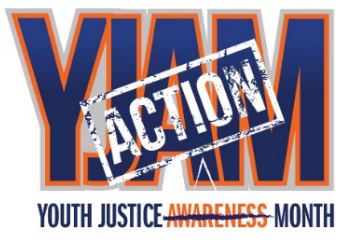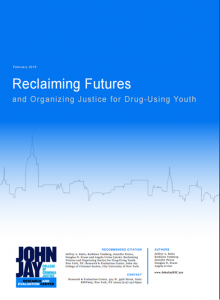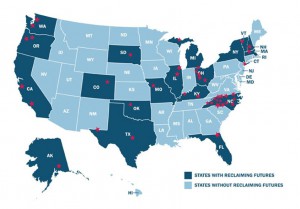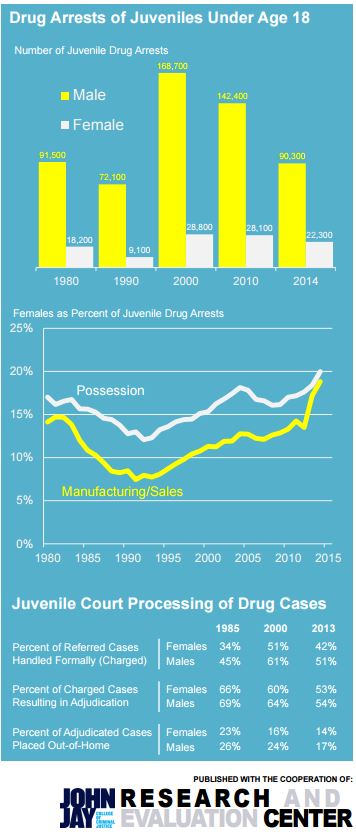In 2008 my colleagues and I wrote for and were awarded a recovery-oriented systems of care grant from the Substance Abuse and Mental Health Services Administration (SAMHSA). The primary goal of this grant was to develop and implement a trauma-informed and recovery-oriented system of care for adolescent girls. My colleagues and I were concerned about the increasing juvenile justice involvement and substance use rates among adolescent girls with little to no increases in their rates of enrollment in treatment. Our previous research highlighted the significant levels of trauma and other co-occurring mental health problems among girls. In addition, we found girls had higher  rates of “harder” drug use such as cocaine, amphetamines, and heroin/opiates as compared to boys. And on the positive side, we also found that girls who accessed treatment responded really well and made significant behavioral improvements over time.
rates of “harder” drug use such as cocaine, amphetamines, and heroin/opiates as compared to boys. And on the positive side, we also found that girls who accessed treatment responded really well and made significant behavioral improvements over time.
Other juvenile justice and behavioral health policy makers and program developers have recognized the importance of responding to these increased rates of behavioral health and substance use problems among adolescent girls. We now have a better understanding that while males and females are equally vulnerable to addiction, that from a physiological standpoint, females can have lower tolerance and may progressive to physical dependence at different rates. We also have a better understanding of the critical role played by trauma in substance use and addiction as well as a broader range of available approaches for providing gender-specific and trauma-informed treatment. The positive news is that we have seen the rates of illicit substance use significantly decrease for girls from 2008 to 2014 (26.5% versus 23.7%) and decreases in comparison to boys.















